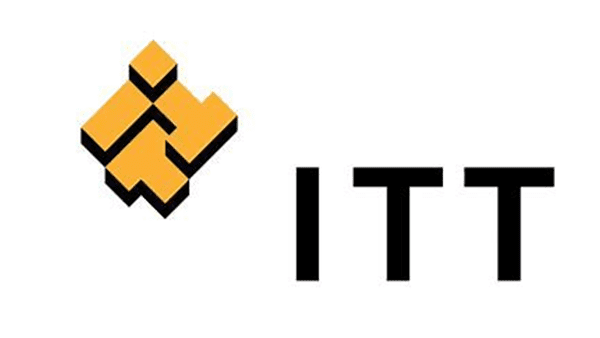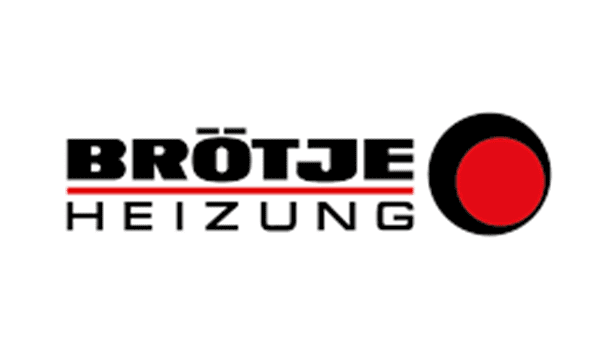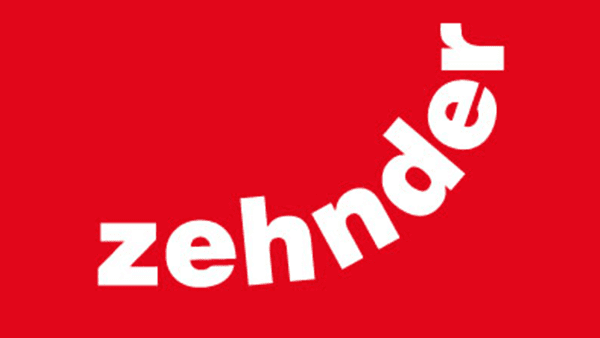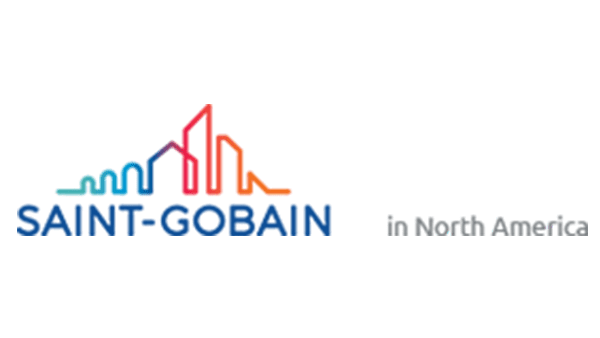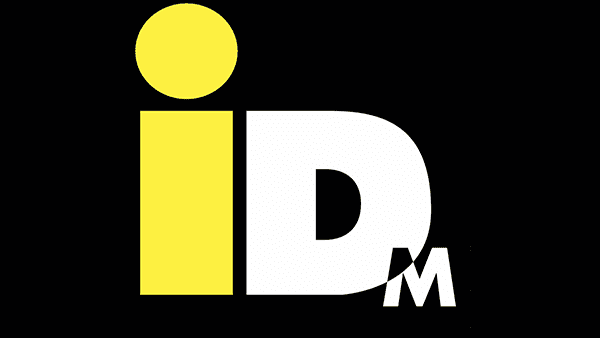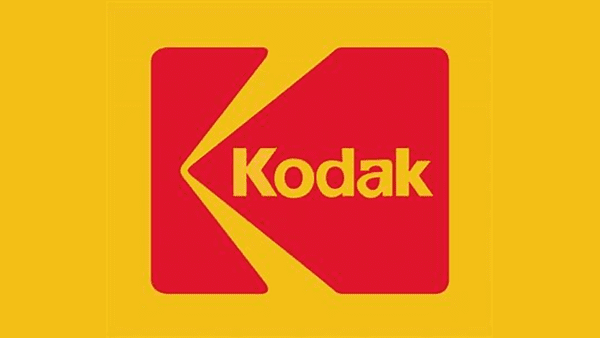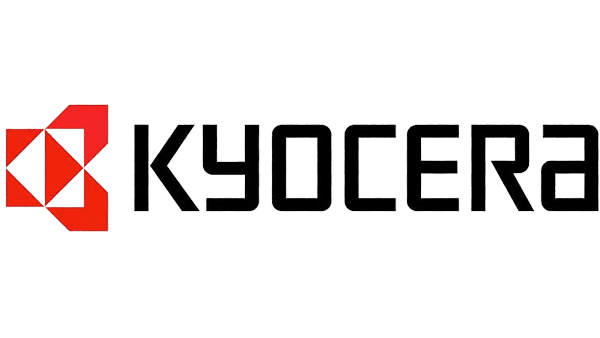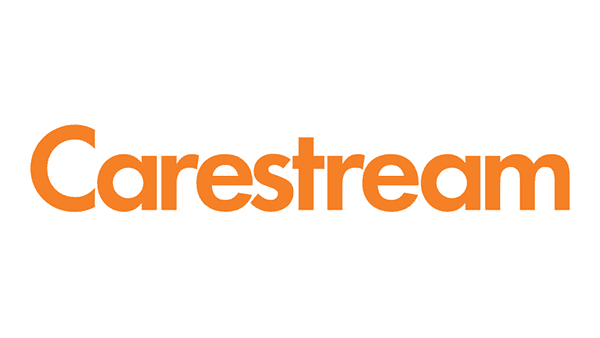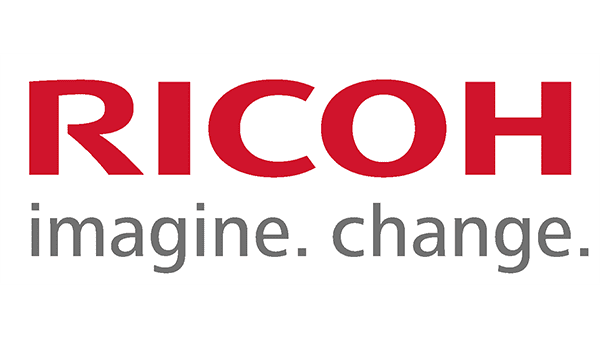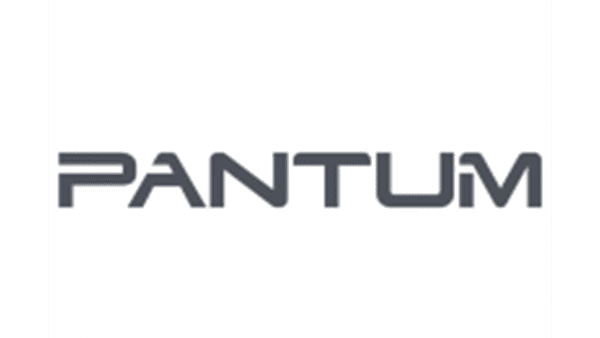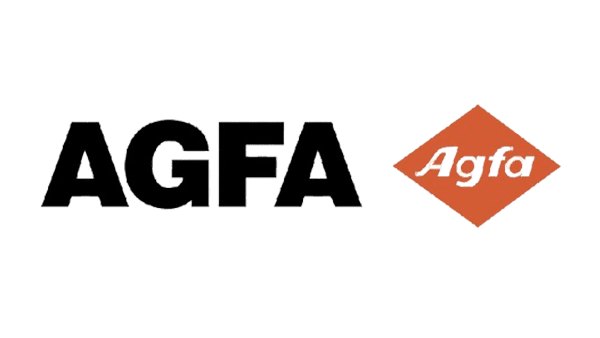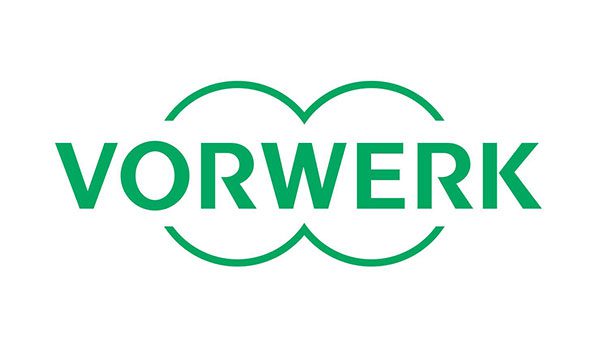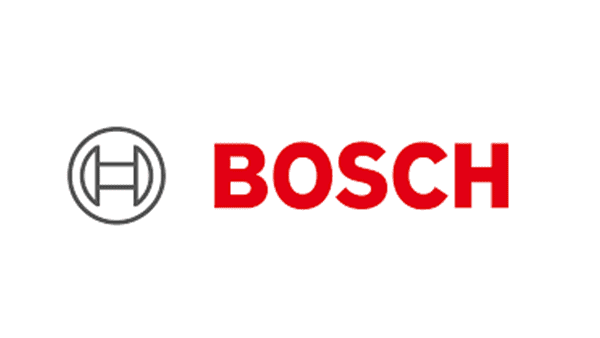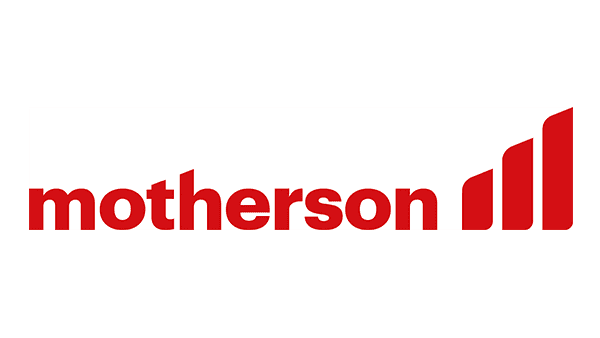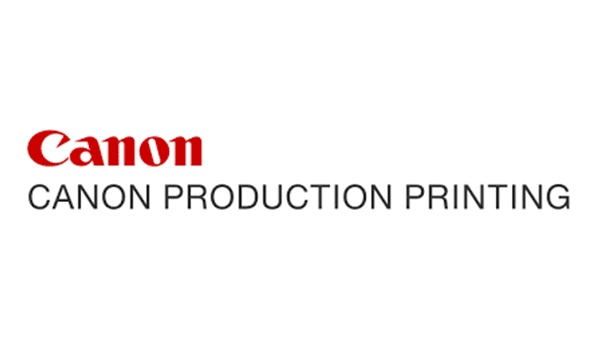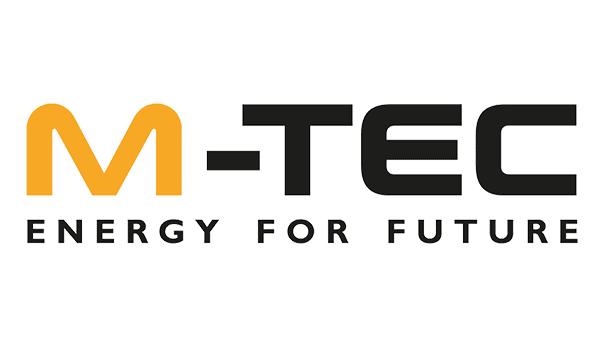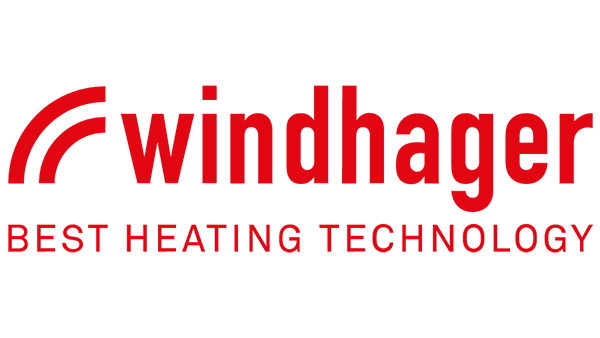
Enbi’s flat bed die-cut products are meticulously crafted to optimize both precision and efficiency, essential for a variety of industrial and consumer applications. Our advanced flat bed die cutting process employs a range of flexible, high-quality insulation materials, ensuring each product not only meets but exceeds performance expectations. Each component is customized, promising seamless integration and enhanced performance for specific applications.
In a world where precision and efficiency are paramount, Enbi’s flat bed die cutting capabilities shine brightly. Our products ensure exactness and consistency, integral for industries where these attributes are non-negotiable. Each piece, crafted with precision, promises to optimize operational efficiency and product quality. The adaptability and effectiveness of Enbi’s flat bed die-cut products certify them as a preferred choice for professionals demanding precision, quality, and customized design in their equipment.
What is Flat Bed Die Cutting?
Flatbed die cutting is a method of choice for many manufacturers due to its versatility and efficiency in cutting a wide range of materials. It involves using a flatbed die cutter, which consists of a steel rule die mounted on a flat base. This die is custom-designed to meet specific production requirements and can cut through various thicknesses of both metal and non-metal materials. The flatbed die cutter exerts hydraulic pressure to cut the material as it passes through the machine.
This precision-cutting process ensures that each piece is accurately cut to the desired shape and size. Flatbed die cutting is particularly useful for high-volume orders, resulting in faster production time and cost-effective manufacturing. Its wide variety of cutting capabilities makes it suitable for various applications, including cutting softer and more flexible materials.
Benefits of Flat Bed Die Cutting
Flat bed die cutting offers numerous benefits, making it the ideal choice for various production requirements. Unlike other types of die cutting, flatbed die cutting is particularly suitable for larger and thicker materials. It allows for sharper and crisper cuts, ensuring precise and clean edges on various materials, from soft fabrics to rigid plastics.
One of the key advantages of flatbed die cutting is its ability to minimize material deformation during the cutting process. This is especially crucial when working with sensitive and delicate materials that require high precision. By using a flatbed die cutter, manufacturers can achieve clean and accurate cuts without compromising the integrity of the material.
Another major advantage of flatbed die cutting is its versatility. It is well-suited for small orders or short-run production, making it ideal for custom or one-off projects. Additionally, flatbed die cutting offers decreased lead times for multiple parts, enabling manufacturers to deliver orders quickly and efficiently.
In terms of cost-effectiveness, flatbed die cutting offers lower tooling costs than other cutting methods. The flatbed die presses used in this process are relatively easy to set up and require minimal maintenance, resulting in limited downtime and reduced manufacturing costs.
Overall, the benefits of flatbed die cutting make it the method for manufacturers seeking sharp cuts, minimal material deformation, small order or short-run production, and cost-effective solutions.
Pros and Cons of Using a Flat Bed Die Cutter
A flatbed die cutter offers several advantages and disadvantages when cutting materials with precision and efficiency. One major advantage of using a flatbed die cutter is that it can handle a wide range of metal and non-metal materials, including thicker materials that may not be suitable for rotary die cutting. This versatility makes it a preferred choice for applications that require cutting softer or thicker materials.
Flatbed die cutters are also highly efficient for larger production runs, as they can process a high volume of materials with consistent precision. Another benefit is that they do not require constant rotation like rotary die-cutting machines, reducing the wear and tear on the equipment. However, flatbed die-cutters do have some drawbacks.
First, they may have longer production times than rotary die cutting due to the vertical motion required for each cut. Despite these cons, flatbed die cutters remain a popular choice for many industries due to their ability to handle a variety of materials and produce precise cuts for larger production runs.
What is the difference between rotary die cutting and flatbed die cutting?
Rotary and flatbed die cutting are two common methods used in the fabrication industry. While both techniques involve cutting materials, there are significant differences between them.
Rotary die cutting utilizes a cylindrical die that rotates at high speeds. This method is ideal for high-volume orders and continuous production requirements. It is particularly effective for processing thinner and more flexible materials. The constant rotation of the die ensures a smooth and efficient cutting process. However, rotary die cutting may not be suitable for thicker materials and requires custom-designed steel rule dies.
On the other hand, flatbed die cutting involves placing individual sheets of material onto a stationary flatbed press. This method is versatile and can handle various materials, including metal and non-metal sheet materials. It offers high-precision cutting and is an ideal choice for smaller production runs. However, it may require more machine cycles for processing, leading to longer production times.
Several factors must be considered when deciding between rotary and flatbed die cutting. For high-volume orders and thin materials, rotary die cutting is often the method of choice due to its speed and efficiency. On the other hand, flatbed die cutting is more suitable for larger production runs and offers greater flexibility in handling various materials.
In summary, while rotary die cutting is best for high-volume, thin materials, flatbed die cutting offers greater versatility and precision for various fabrication needs.
Pros of Using a Flat Bed Die Cutter
A flatbed die-cutter offers numerous benefits and advantages over other die-cutting methods. One of the key advantages is its ability to easily handle thicker materials. Unlike rotary die cutting, which is better suited for thinner and more flexible materials, flatbed die cutting is ideal for cutting through a wide range of materials, including thicker ones.
Moreover, a flatbed die cutter can cut various metal and non-metal materials. From sheet materials like paper and cardboard to soft materials like cloth and foam, a flatbed die cutter can handle many materials, making it a versatile tool in any manufacturing process.
There are both pros and cons to using a flatbed die-cutter. On the positive side, it is a cost-effective option due to its larger production runs and shorter production time. The tooling costs for a flatbed die cutter are also relatively low compared to other cutting methods. The precision cutting achieved with a flatbed die cutter is also matched, ensuring clean and accurate cuts every time.
However, it is important to note that the flatbed die cutter can have some limitations. One of the cons is that it requires hydraulic pressure, which may only suit some production requirements. The flatbed die cutter may also be less efficient for small-scale or low-volume orders.
Overall, the flatbed die cutter offers numerous advantages, including its ability to handle thicker materials, high-volume orders, and various materials. Its cost-effectiveness and precision-cutting capabilities make it a preferred choice for many manufacturers.
Get a Quotation
Let us know how to get back to you.
Download our insulation brochure
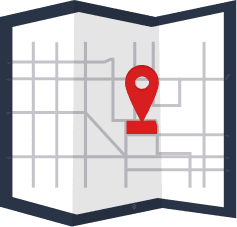
Find your local Enbi facility to enquire about our manufacturing options

Urgent technical question? Contact our experienced engineers for advice.


